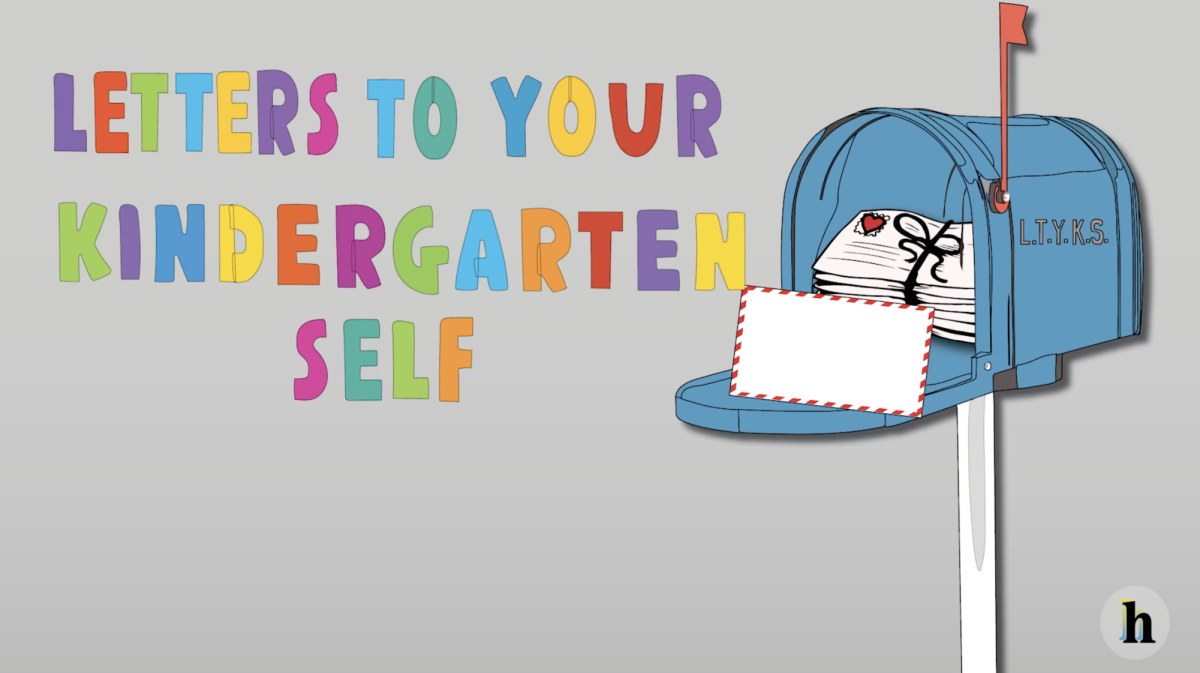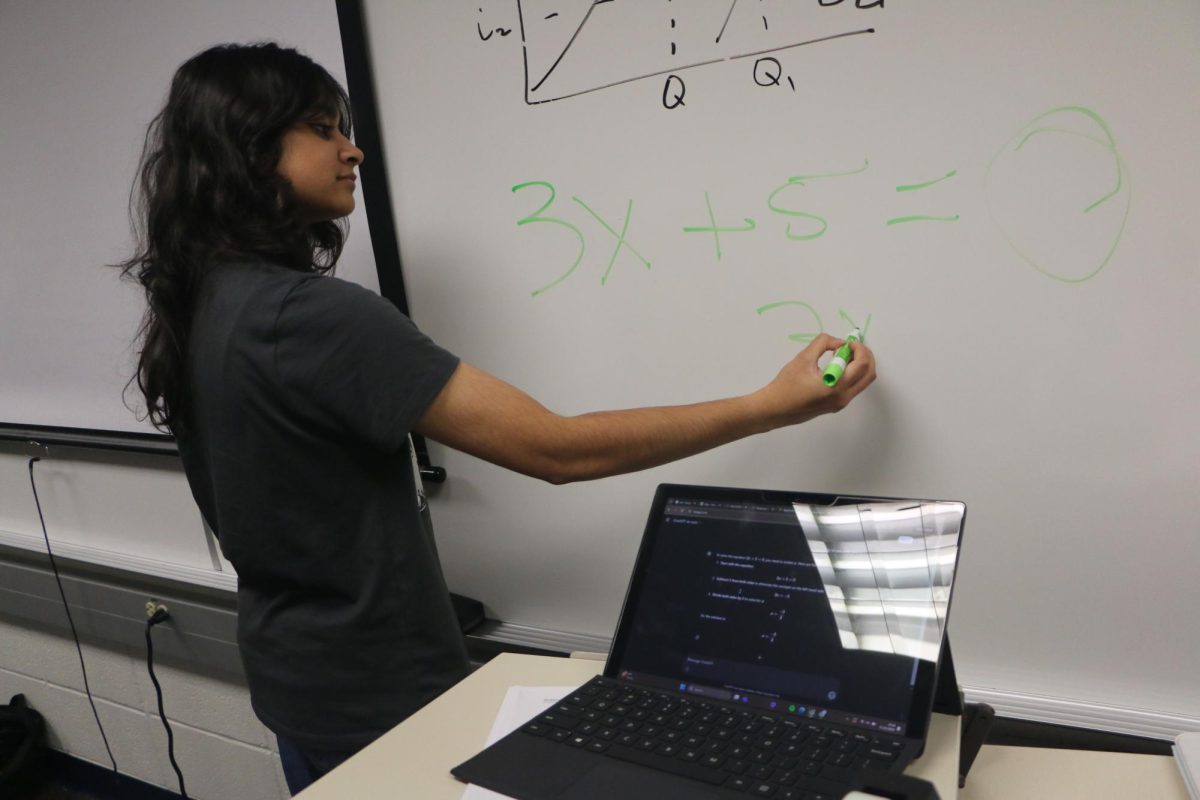For senior Feryal Haider, Artificial Intelligence (AI) has become part of both her education and her everyday life.
“I use AI a lot when it comes to helping me solve math problems or chemistry problems that I’m struggling with, and I feel like it’s also good for explaining certain concepts in some of my classes that I’m confused (about),” Haider said.
Haider isn’t alone in this increased AI use, especially among teenagers. A 2023 Pew Research Study found that 67% of U.S. teens 13 to 17 are familiar with AI like Chat GPT, and 19% said they use it to help with their schoolwork. Additionally, 69% of teens say AI is acceptable when researching new topics and 39% say it’s acceptable when solving math problems.
Business teacher David Fronek said he has used AI before in many different ways.
“I used AI at times in my corporate career to help me work on research projects and develop certain business proposals for clients,” Fronek said via email. “I used it on occasion to help draft an email. At school I use AI at times to help develop assignments.”
There are both positive and negative uses of AI technology in educational settings, from furthering understanding on difficult concepts to increased reliance and academic dishonesty.
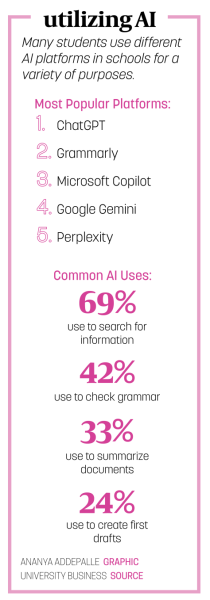
Positive uses of AI
Sophomore Luke Choi said he finds a lot of positive uses of AI for students, especially when it comes to increasing one’s knowledge about a topic.
“AI is more useful after you’ve used a search engine or a textbook to learn something. It’s helpful to further your understanding,” Choi said. “I (also) feel like it’s really helpful to generate ideas. I use it to proofread my work to see if there’s anything simple to fix.”
Haider, too, said she sees a lot of positive uses for AI in the classroom.
“AI can be a really useful tool in education for explaining certain things,” Haider said. “(It can be used) if somebody is not able to directly talk to their teacher or someone who can help them. I think it’s also a good tool to explain specific concepts that you can’t find an explanation for online.”
Negative uses of AI
But, despite the benefits of AI use, Haider said she sees multiple negative uses of AI too, including making people more reliant on technology.
“This year is the first year that I started using (AI) to help me and I’ve noticed that I’ve been turning towards it more and more,” Haider said.
As she noticed her reliance on AI, Haider said she started changing her approach to using the technology.
“(Now) if I’m stuck on a problem or something, I try and solve it myself a few times and if I notice that I can’t get it right away, then I turn to AI,” Haider said, “but I try not to use it as my first source if I can’t get something.”
Additionally, while AI makes people more reliant on technology, Fronek said it also can become a replacement for learning and lead to academic dishonesty.
“As individuals, I think we hurt the development of our skill set as we aren’t doing things on our own,” Fronek said. “AI is only as good as the data behind it and there is risk to that concept.”
Choi said he thinks a negative aspect of AI is how people can use AI to cheat and don’t actually learn the information and skills that they’re supposed to. He said it is seen as a convenient way to cheat since one only has to ask AI the question to get a summarized answer.
The future of AI in classrooms
A 2024 Pew Research Center study found that 35% of U.S. high school teachers say that AI tools do more harm than good, a statistic Haider finds reflected in her experiences. She said some of her teachers regulate AI through Turnitin Draft Coach, and most are against any AI use at all.
“When it comes to regulation of AI in schools, I think that’s kind of a tricky thing. It’s kind of hard to do that,” Haider said, “but I do think that completely getting rid of (AI) or overreliance on it isn’t good and there should be some middle ground that we can reach.”
Fronek said a thoughtful approach is necessary.
“I think there needs to be a lot of discussion on the best ways to incorporate AI into education,” Fronek said. “It will be used in the corporate world and at college so we must develop a curriculum that exposes students to AI in positive fashions and helps them understand the proper applications.”
Haider said although there are problems with AI, it is also an important tool that won’t go away.
“I think AI is definitely going to have an increasing role in education. I don’t think there’s any way to stop it,” Haider said. “I just think the best way to deal with it is for teachers to find a way to embrace it in their classrooms and use it for a beneficial, productive purpose rather than trying to eliminate it overall.”

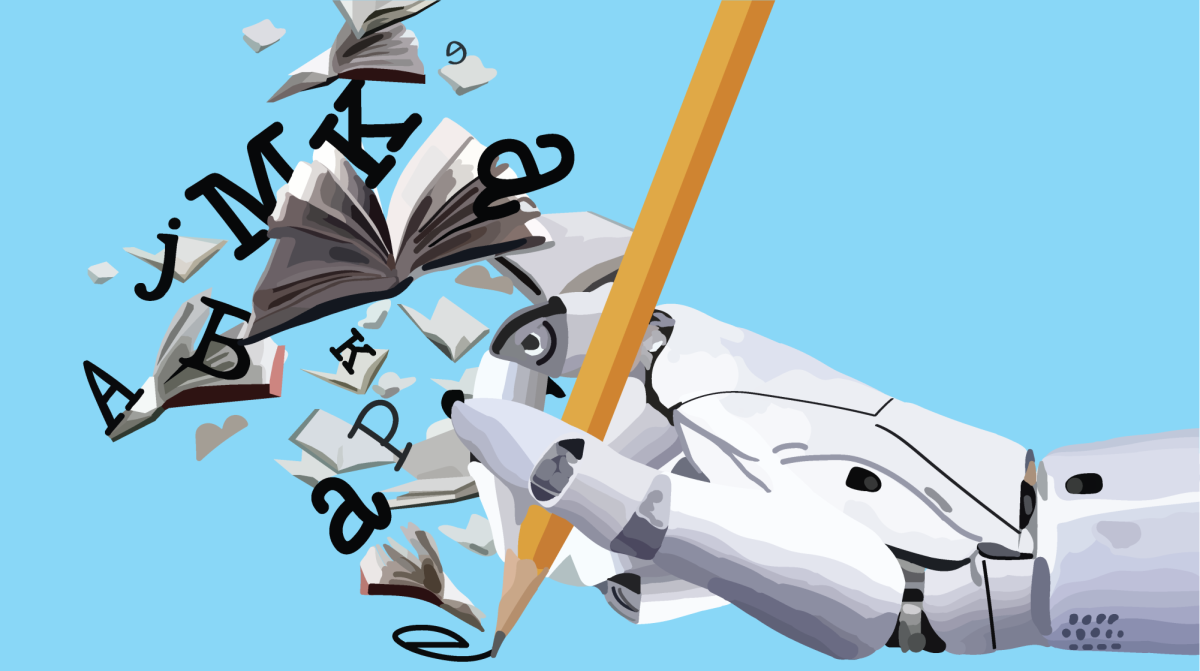
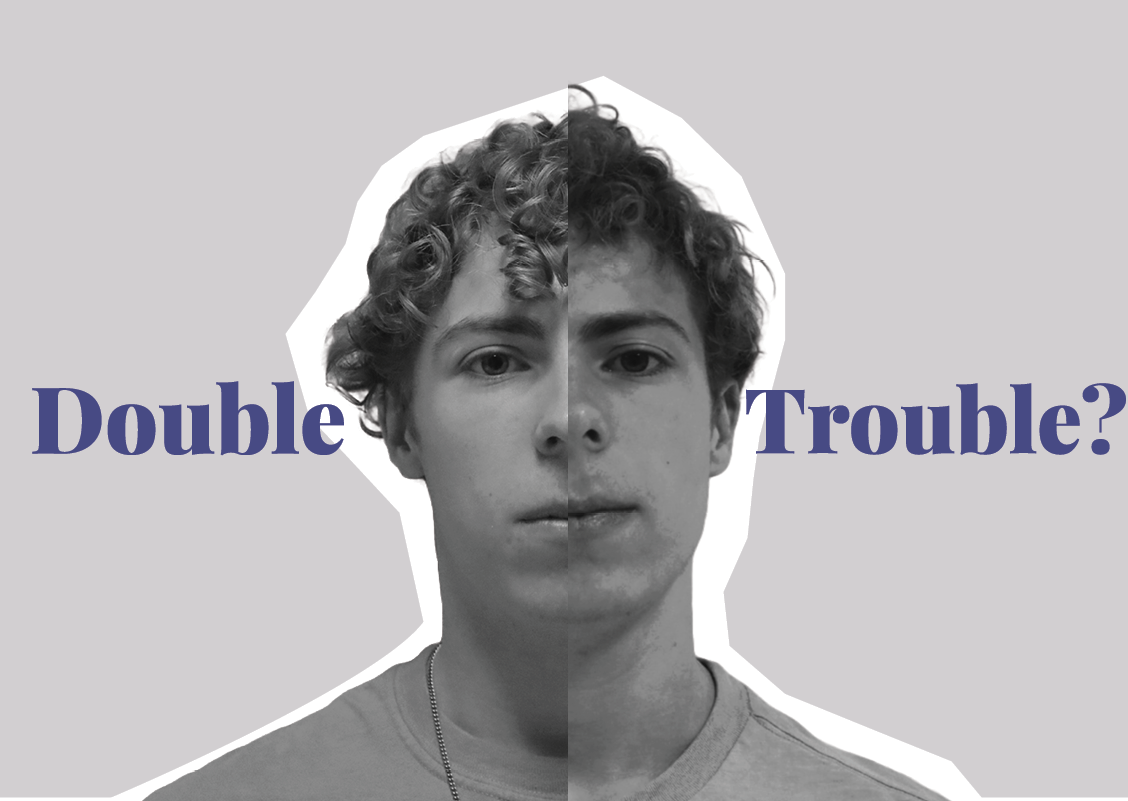


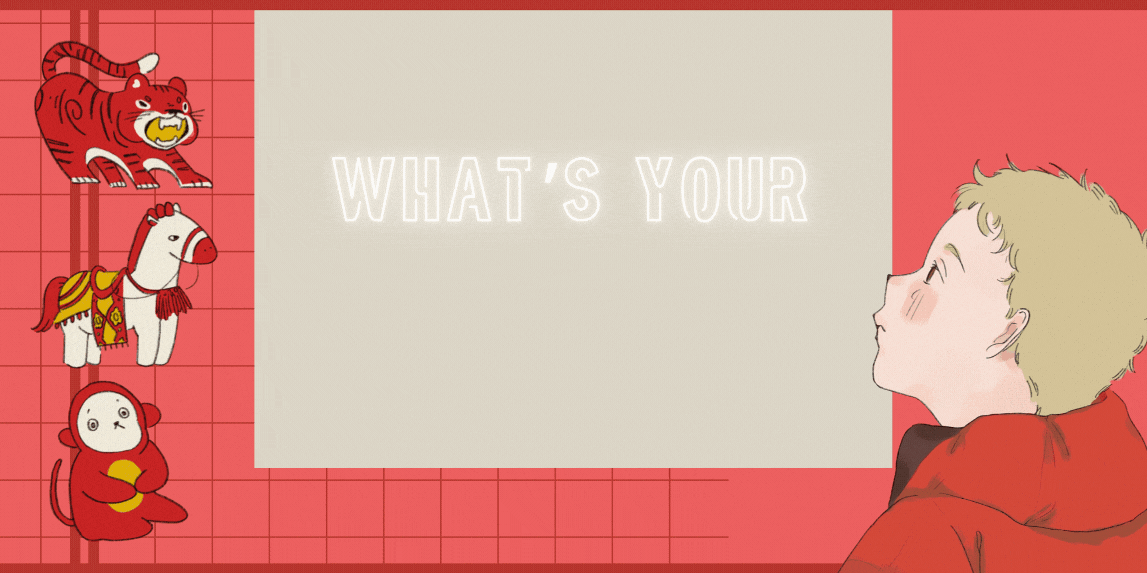

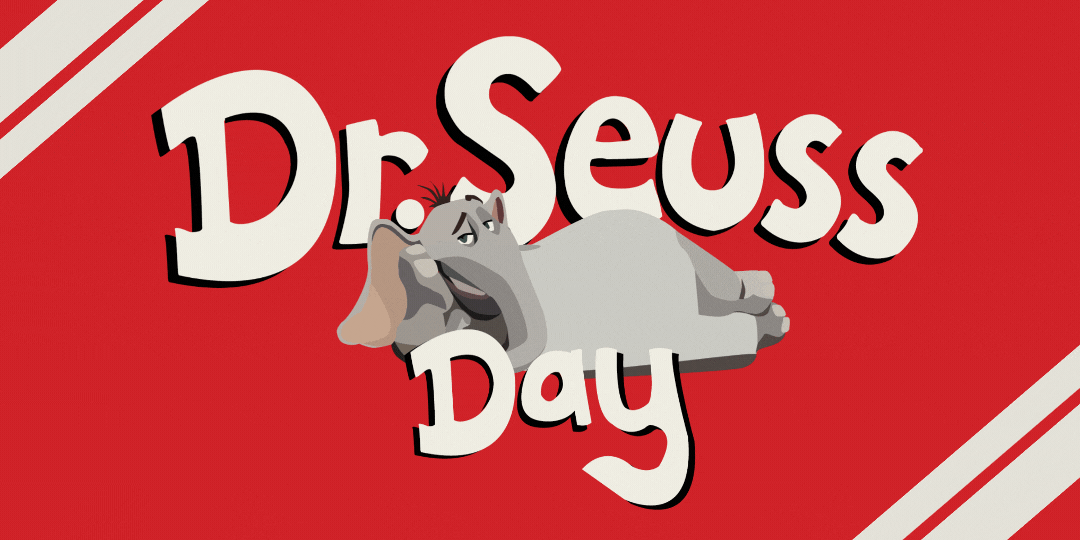








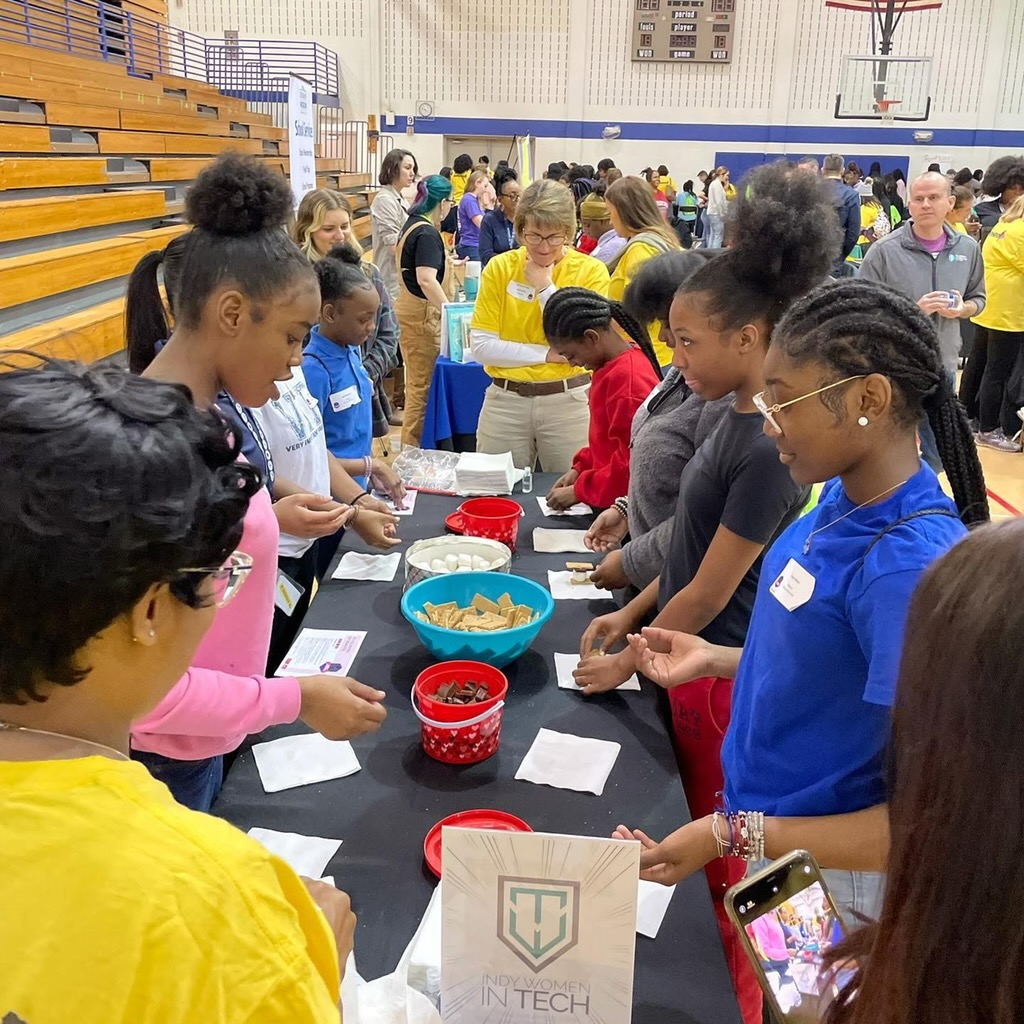
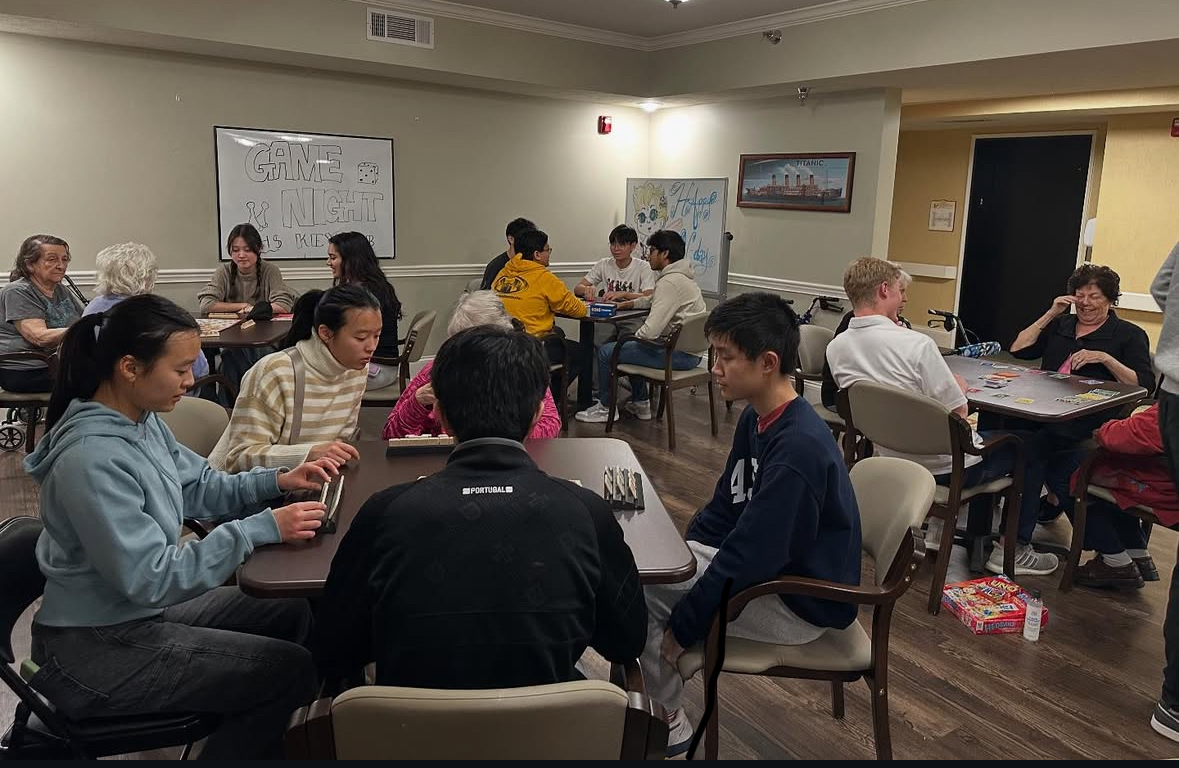

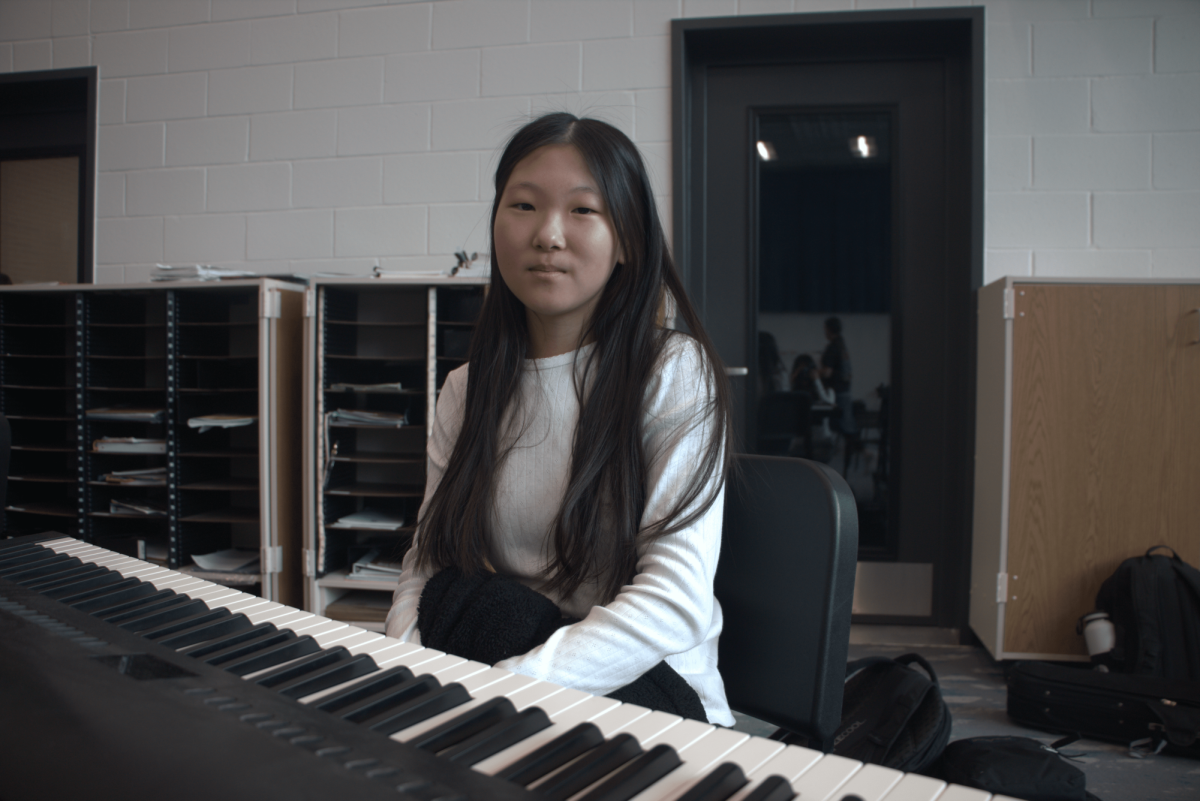

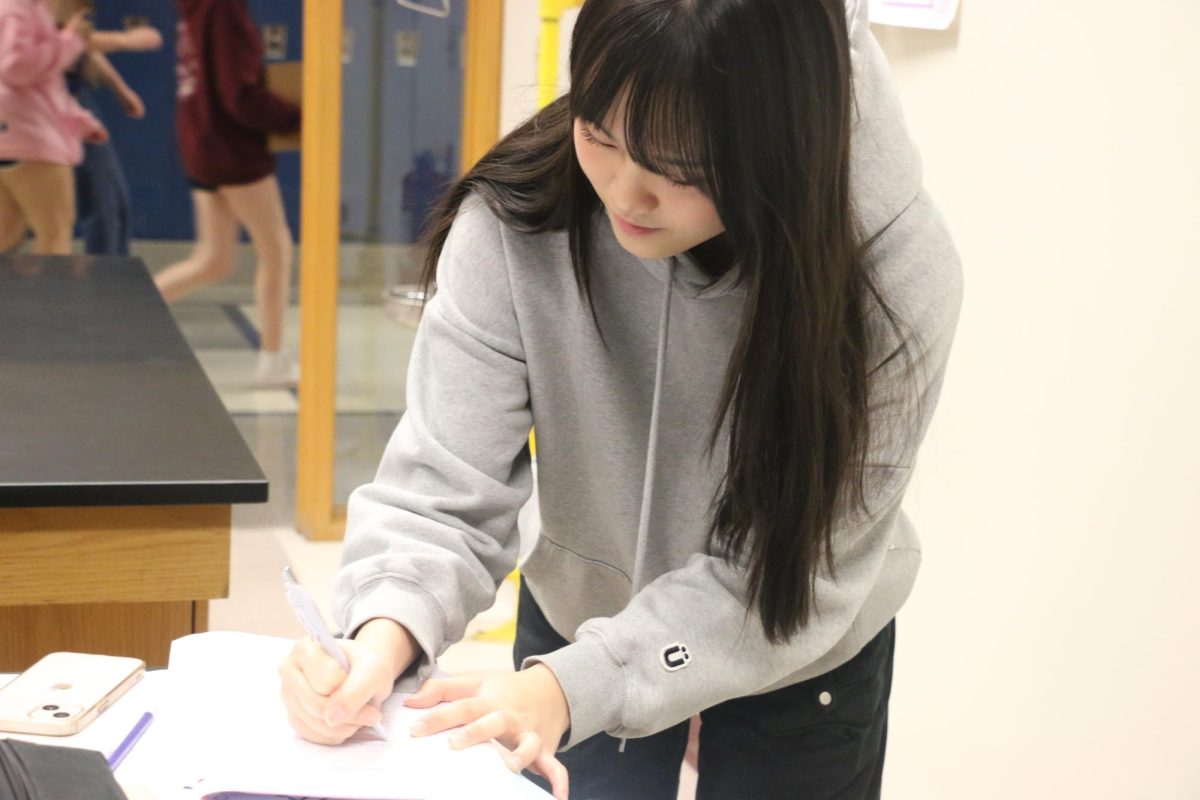
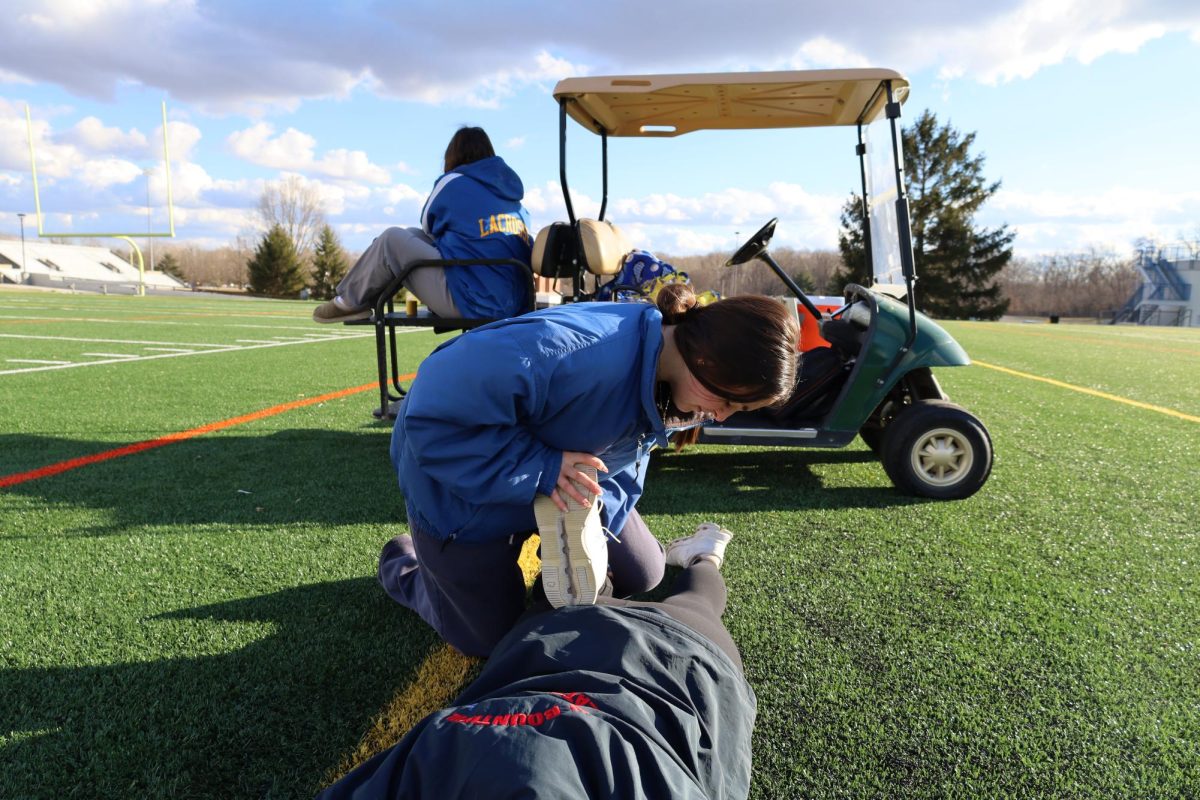


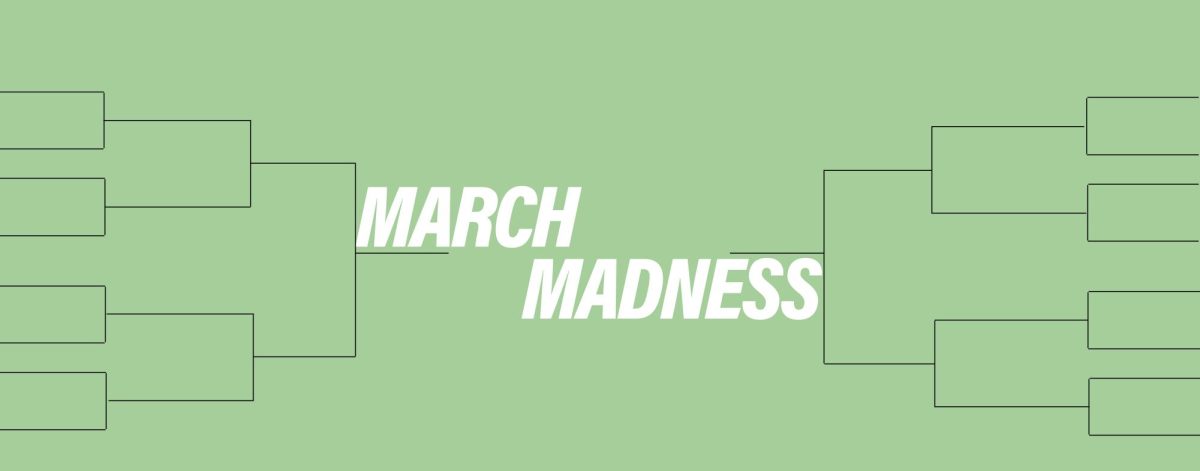
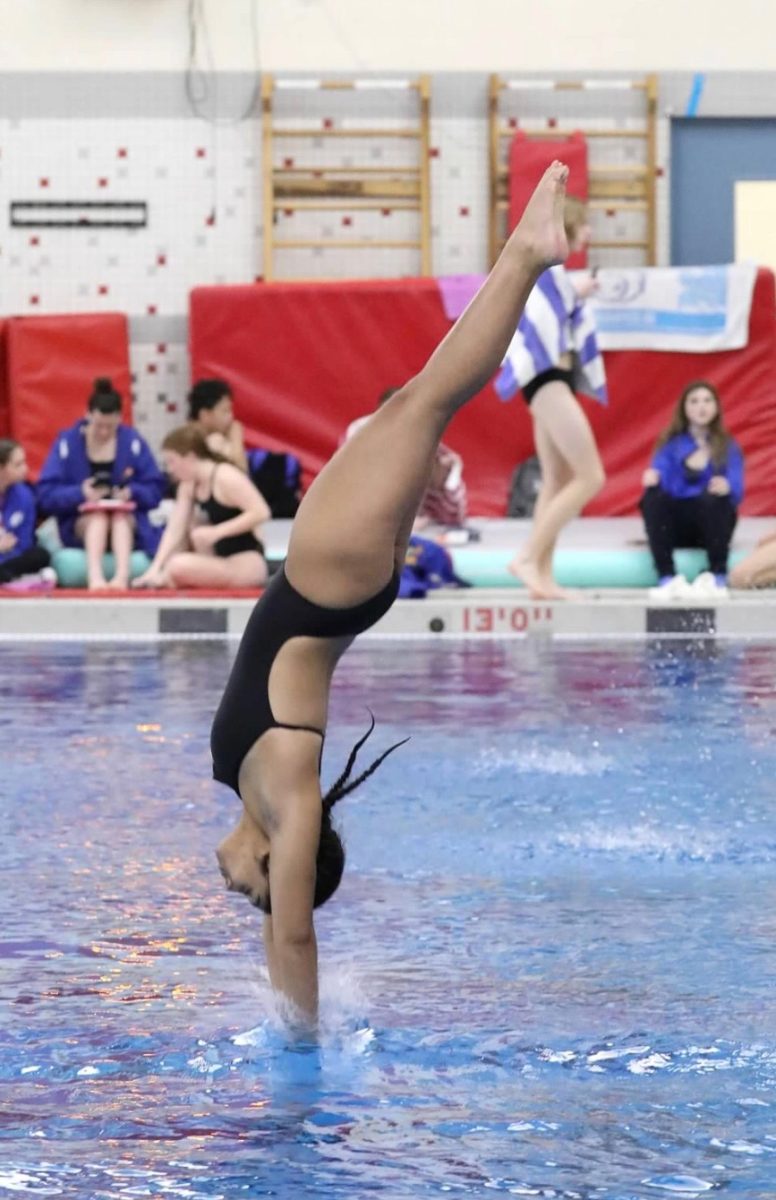

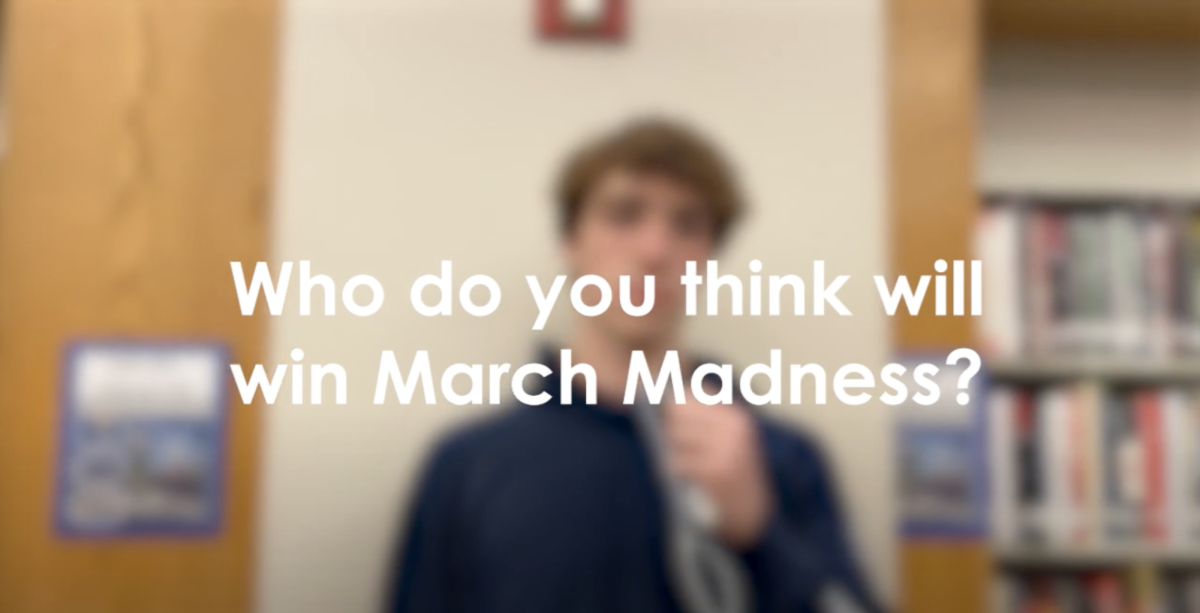
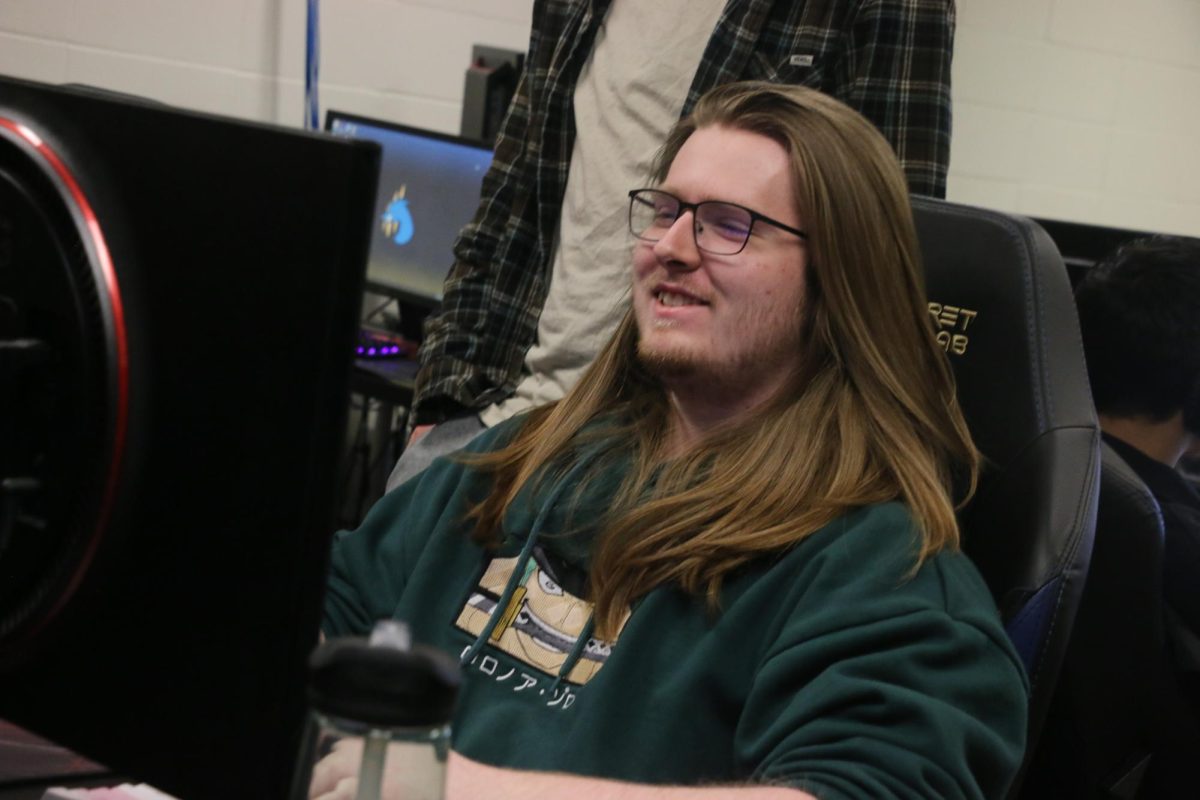
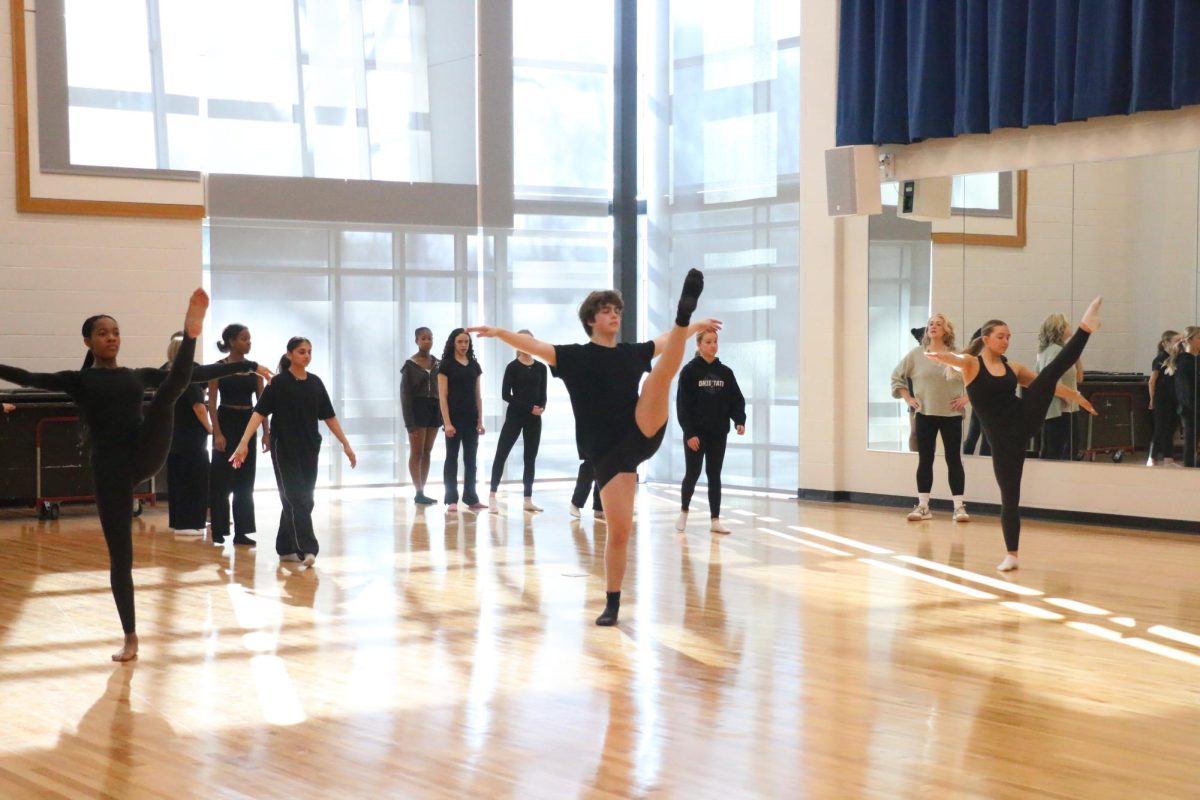


![AI in films like "The Brutalist" is convenient, but shouldn’t take priority [opinion]](https://hilite.org/wp-content/uploads/2025/02/catherine-cover-1200x471.jpg)
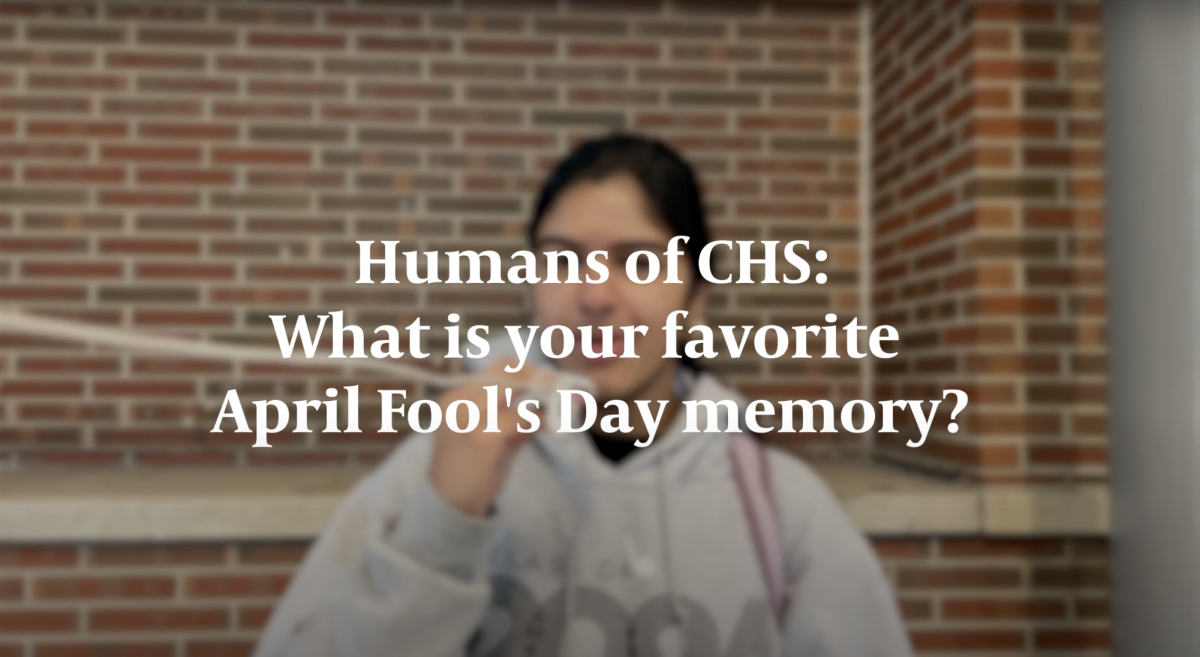
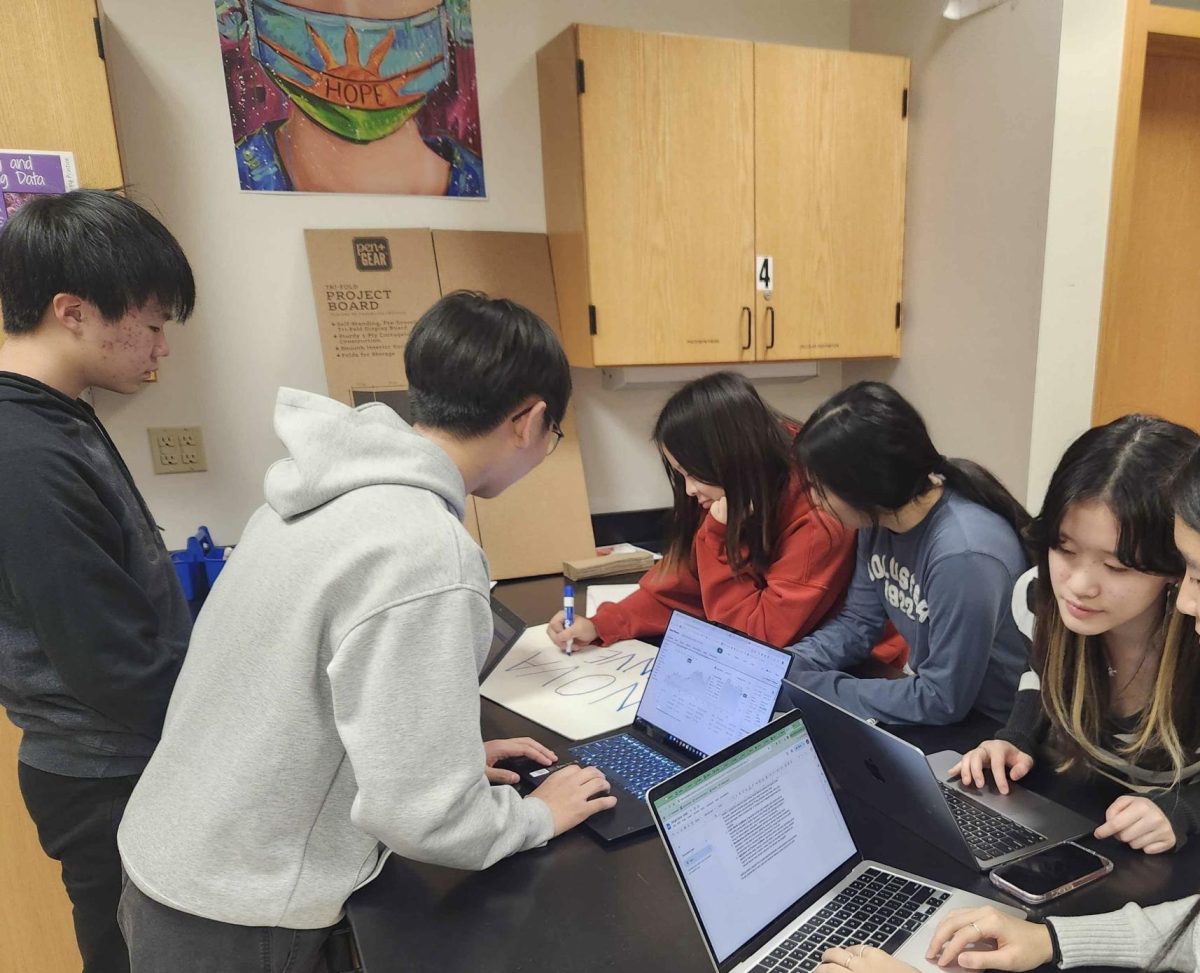
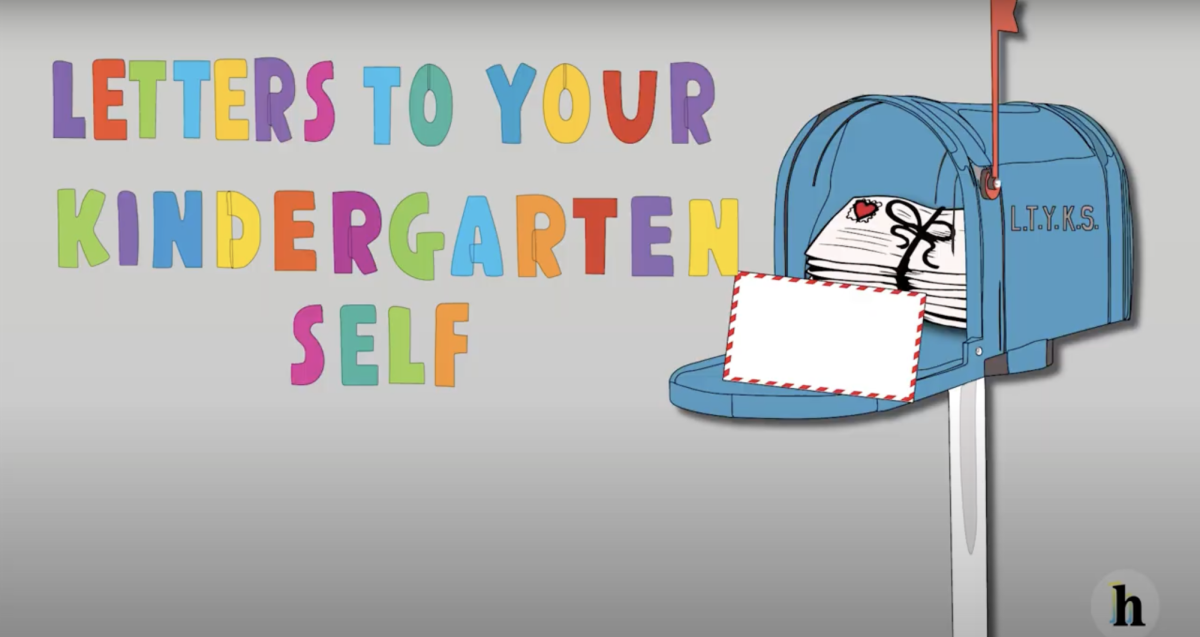

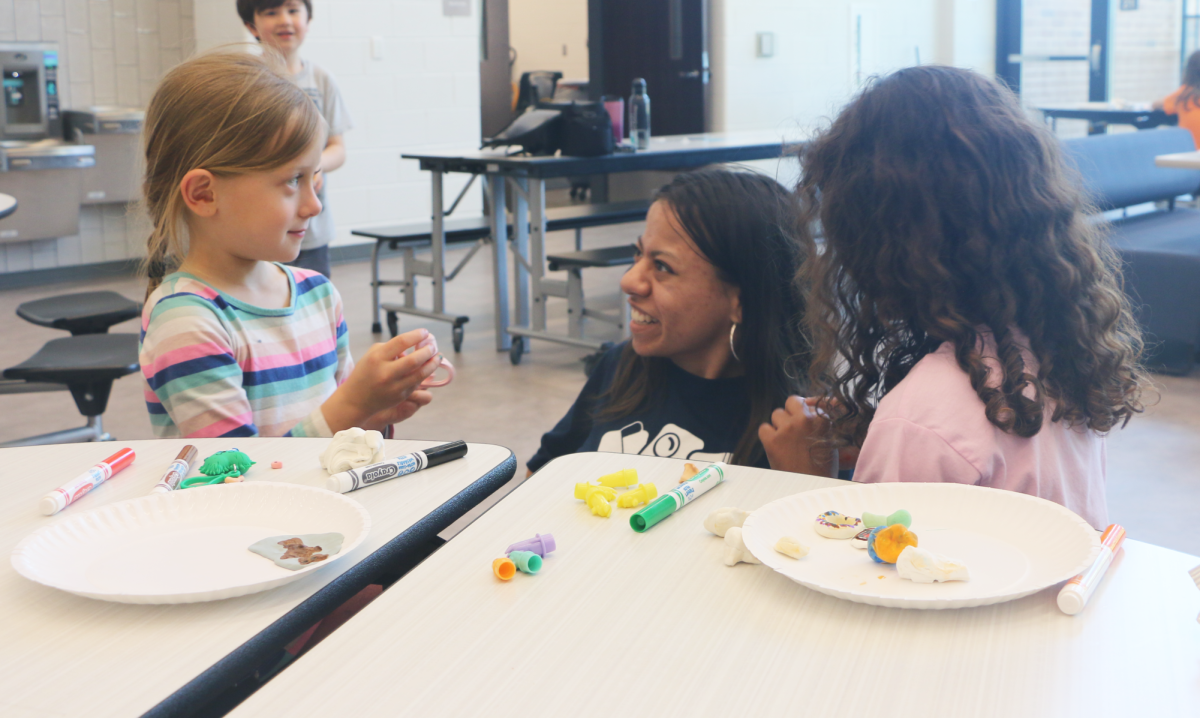

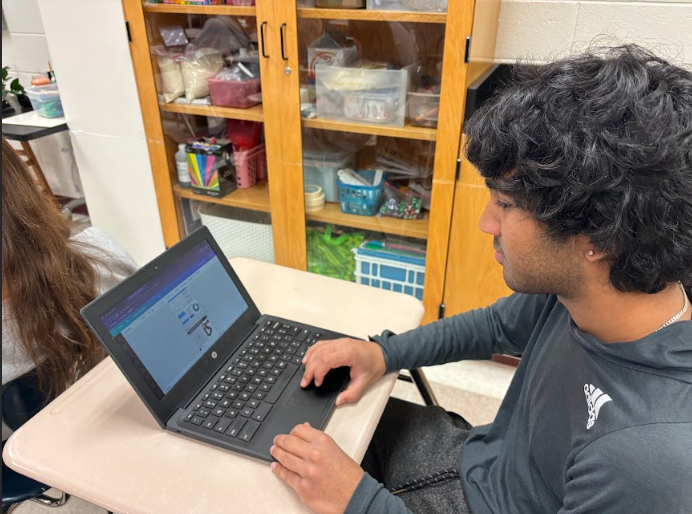


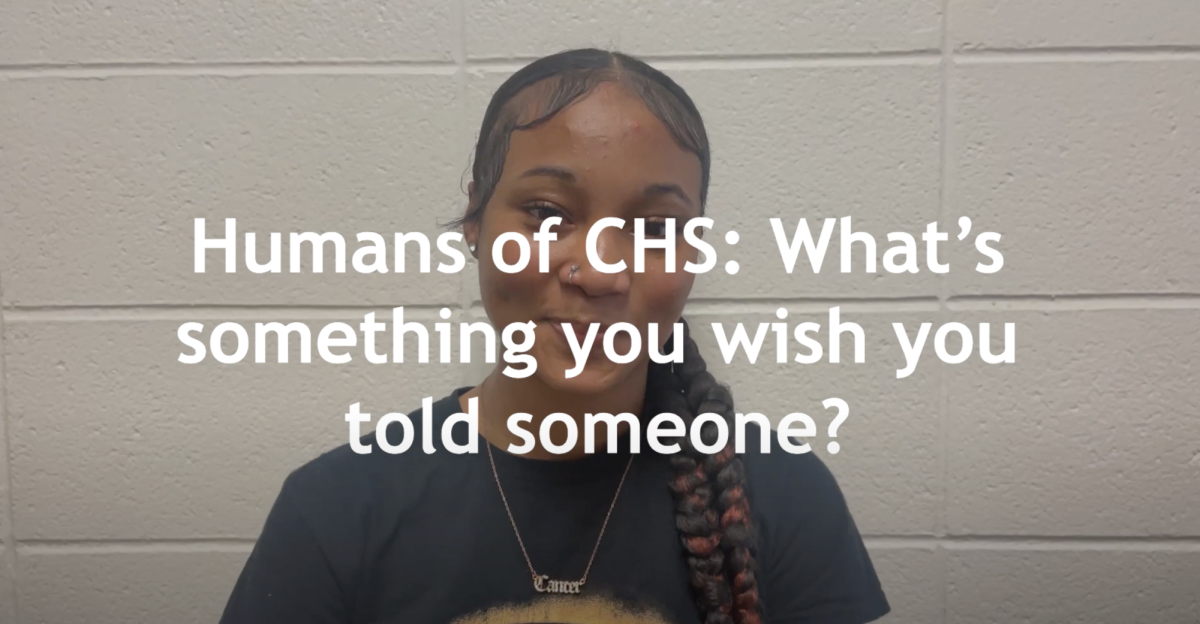
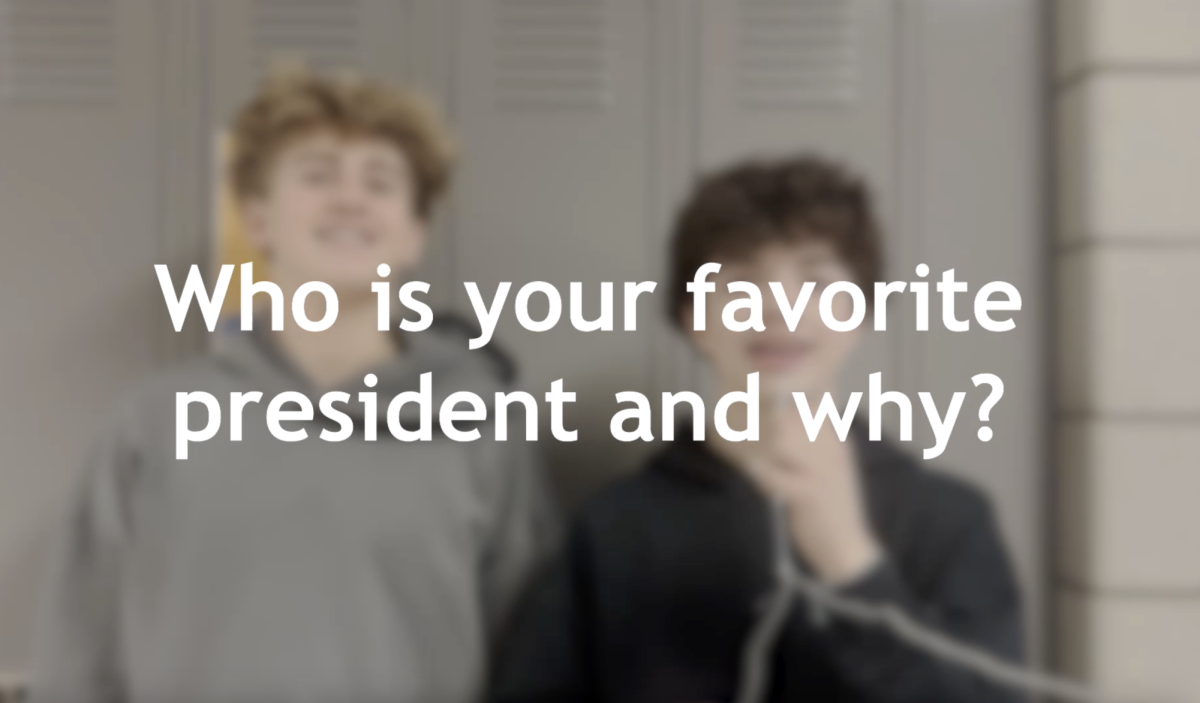
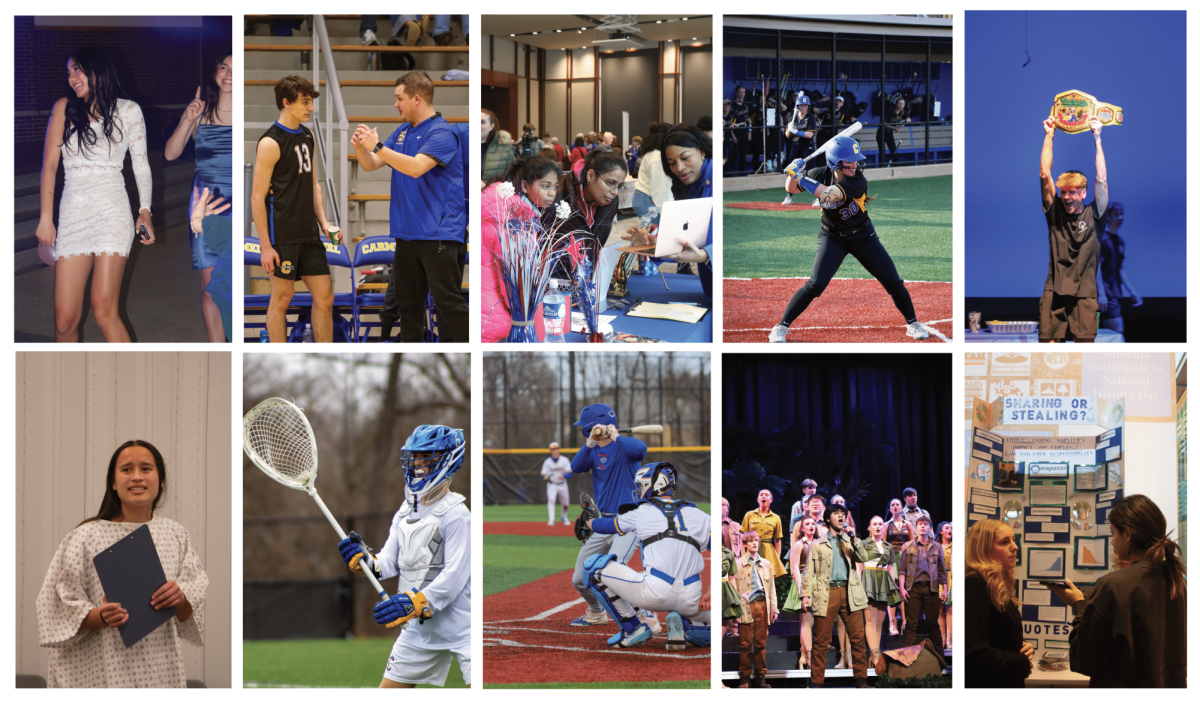
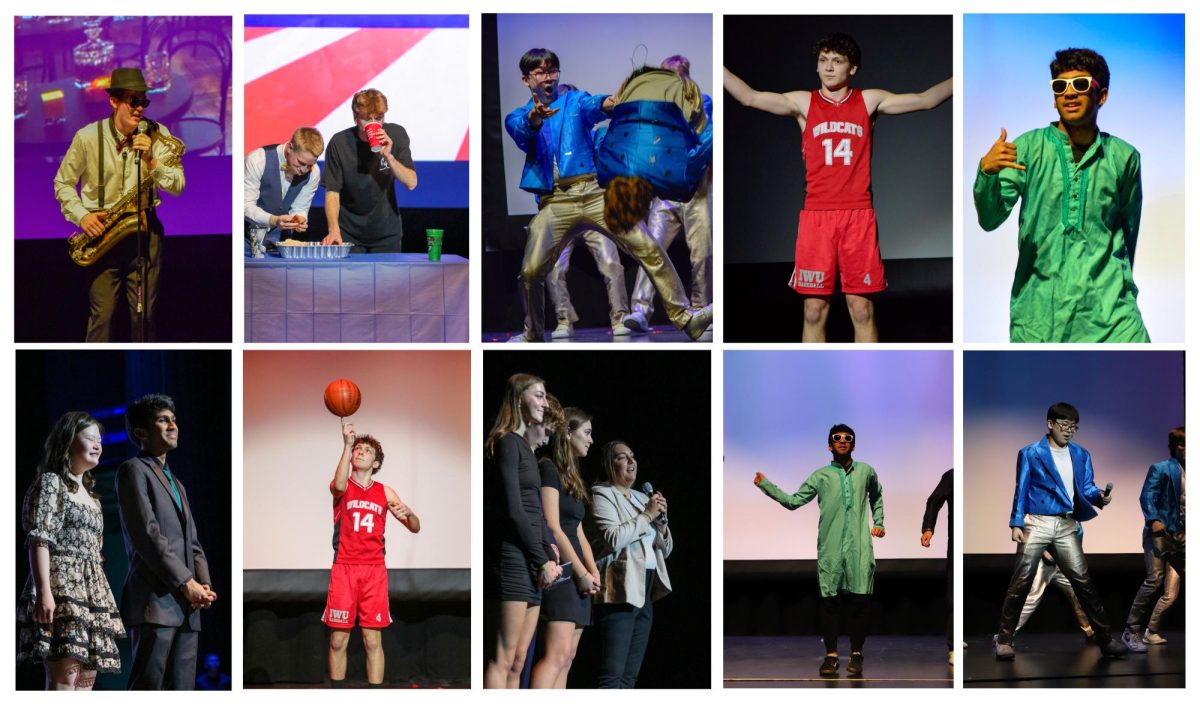
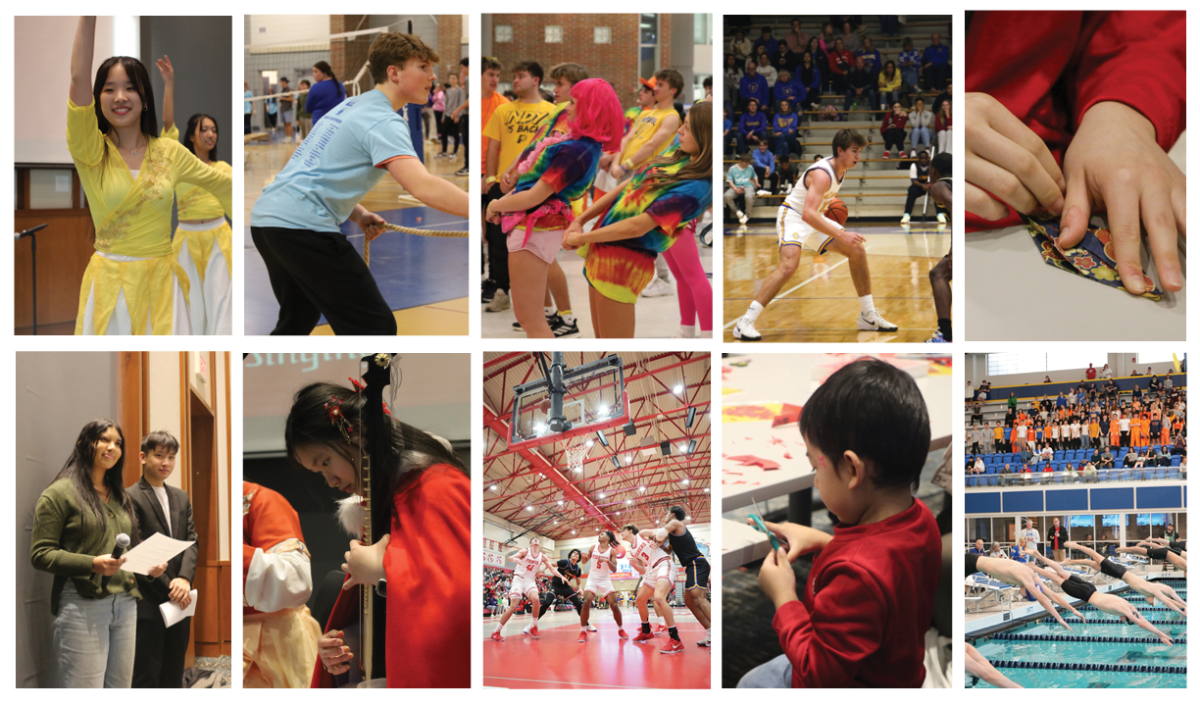


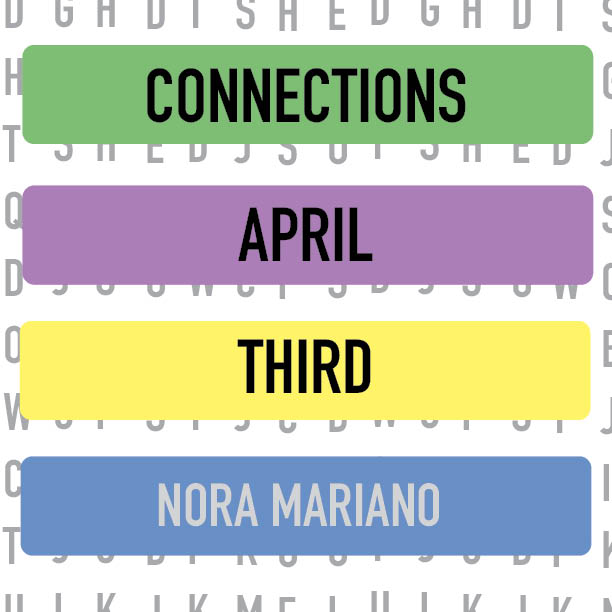
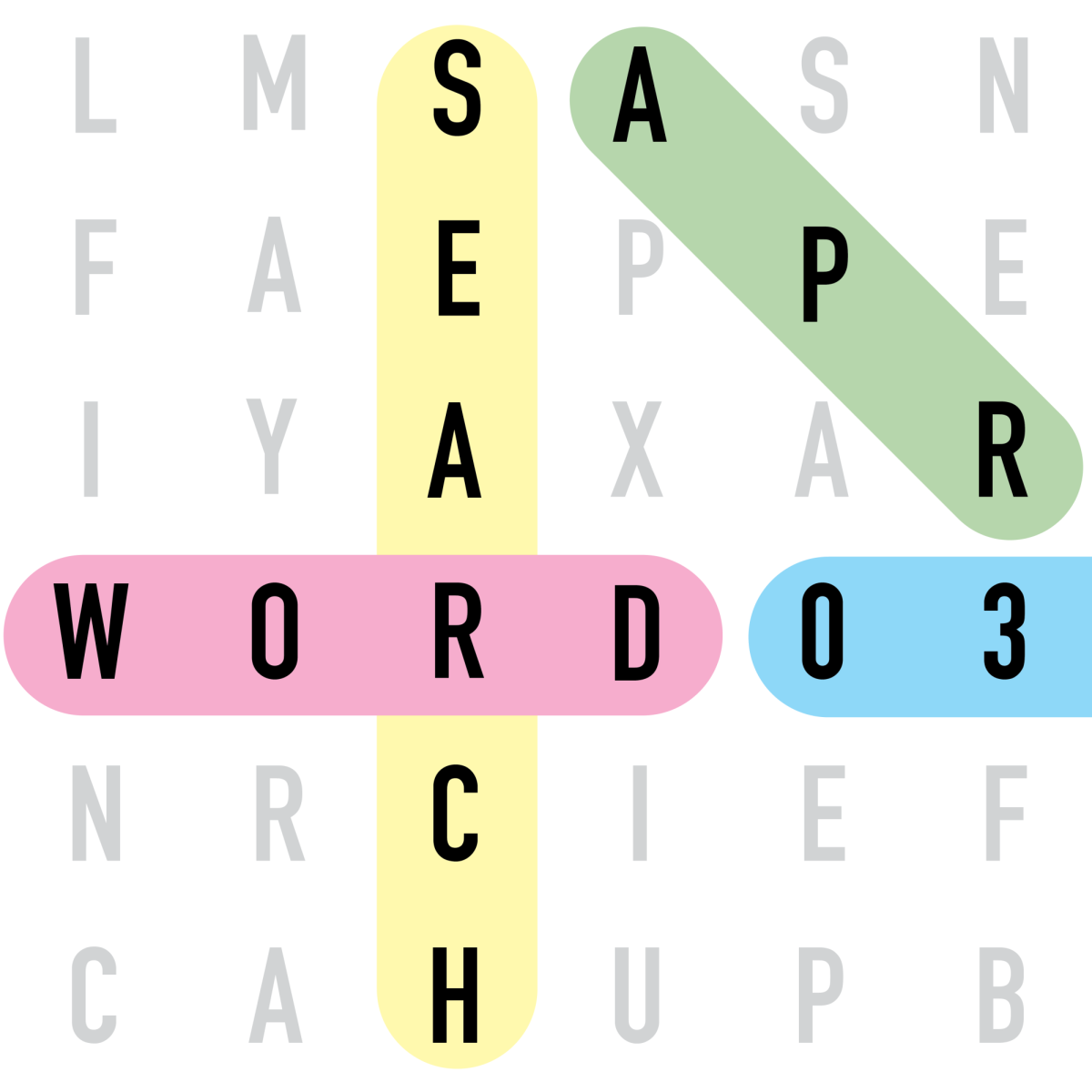
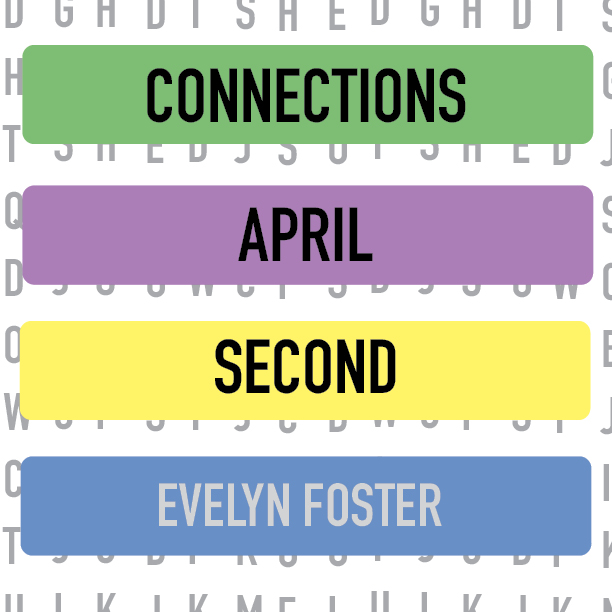
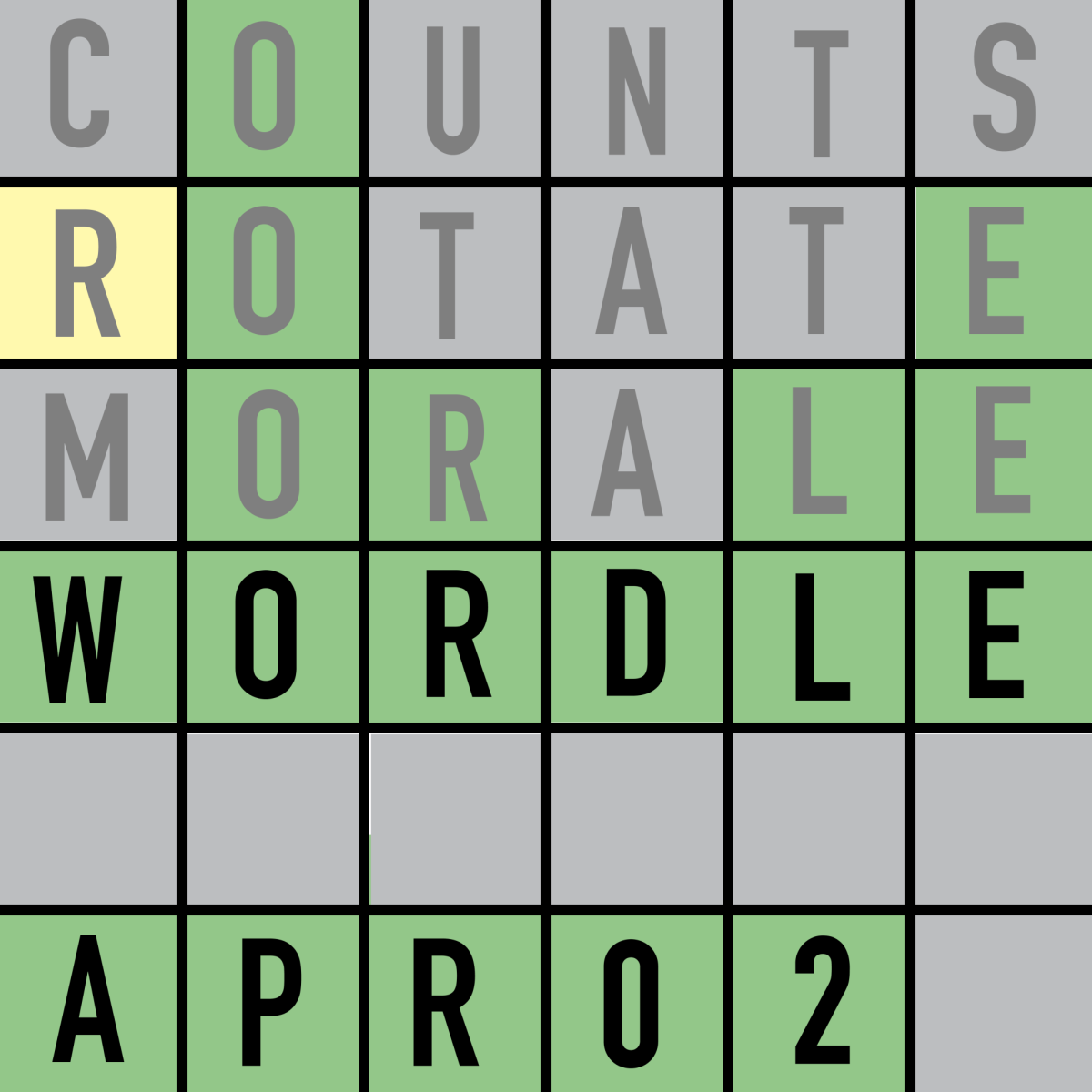




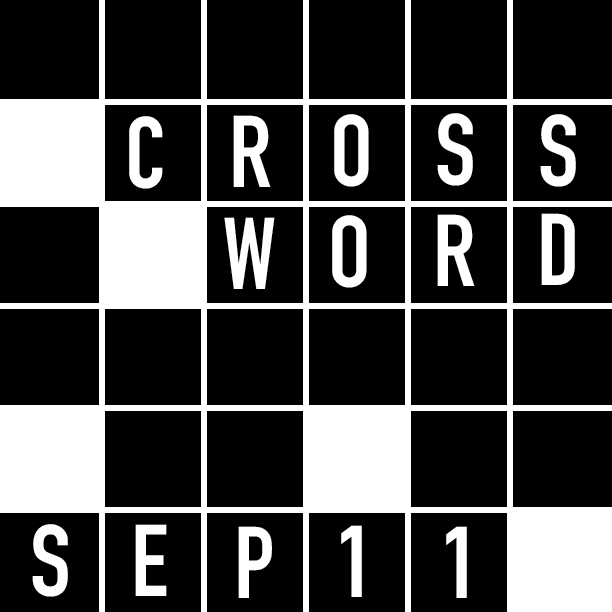
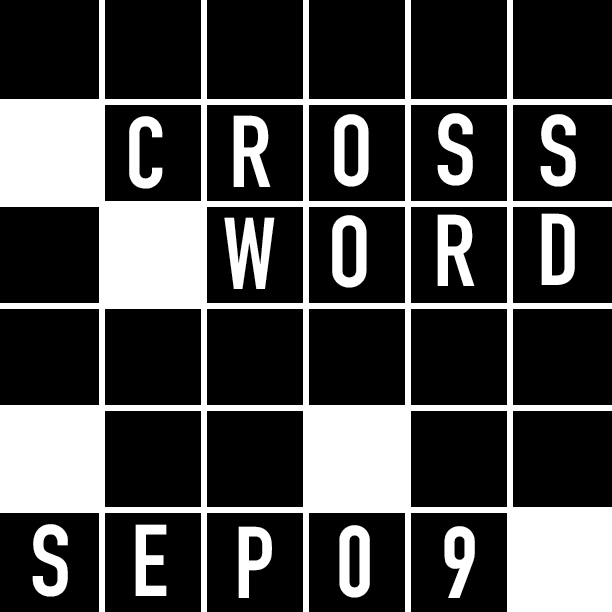






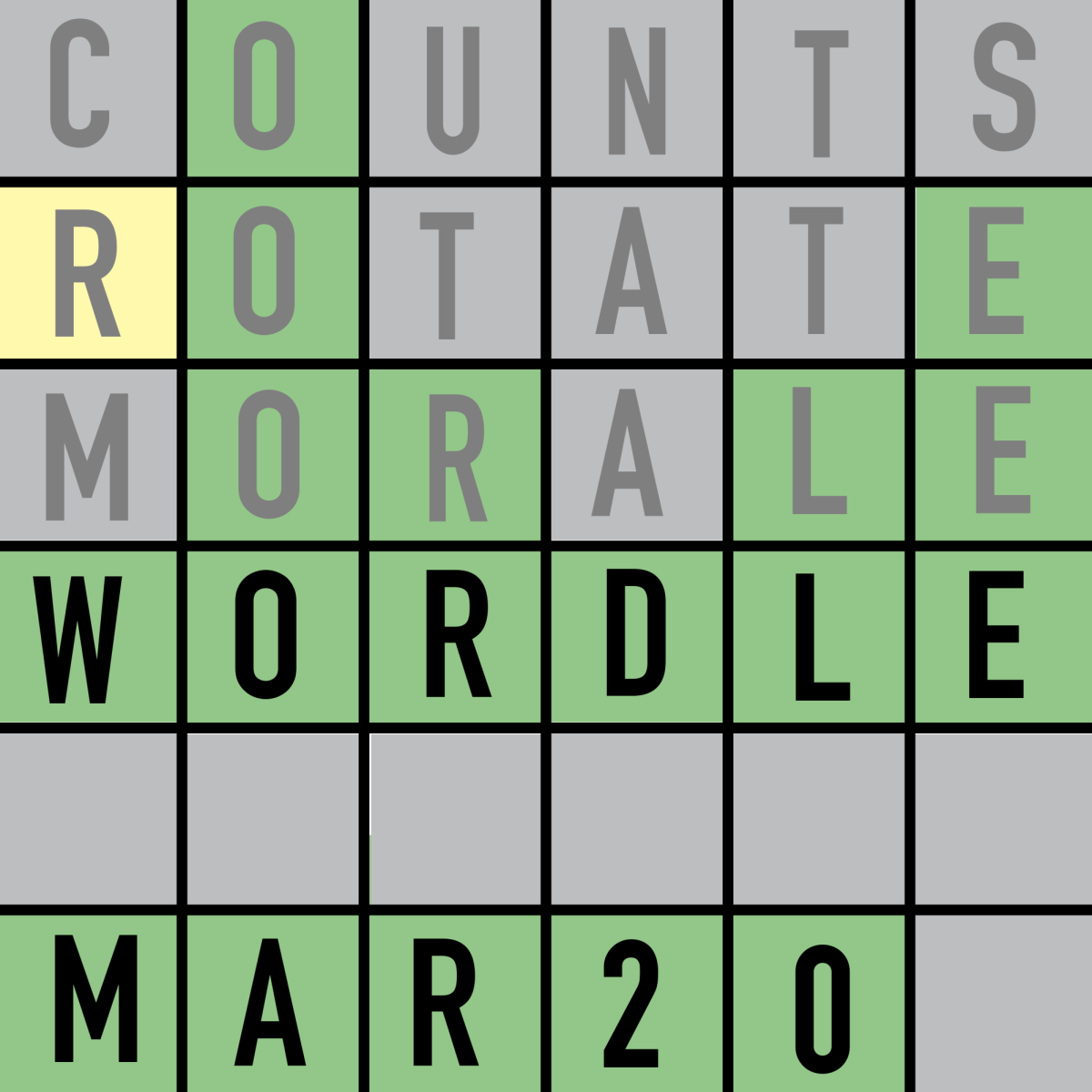





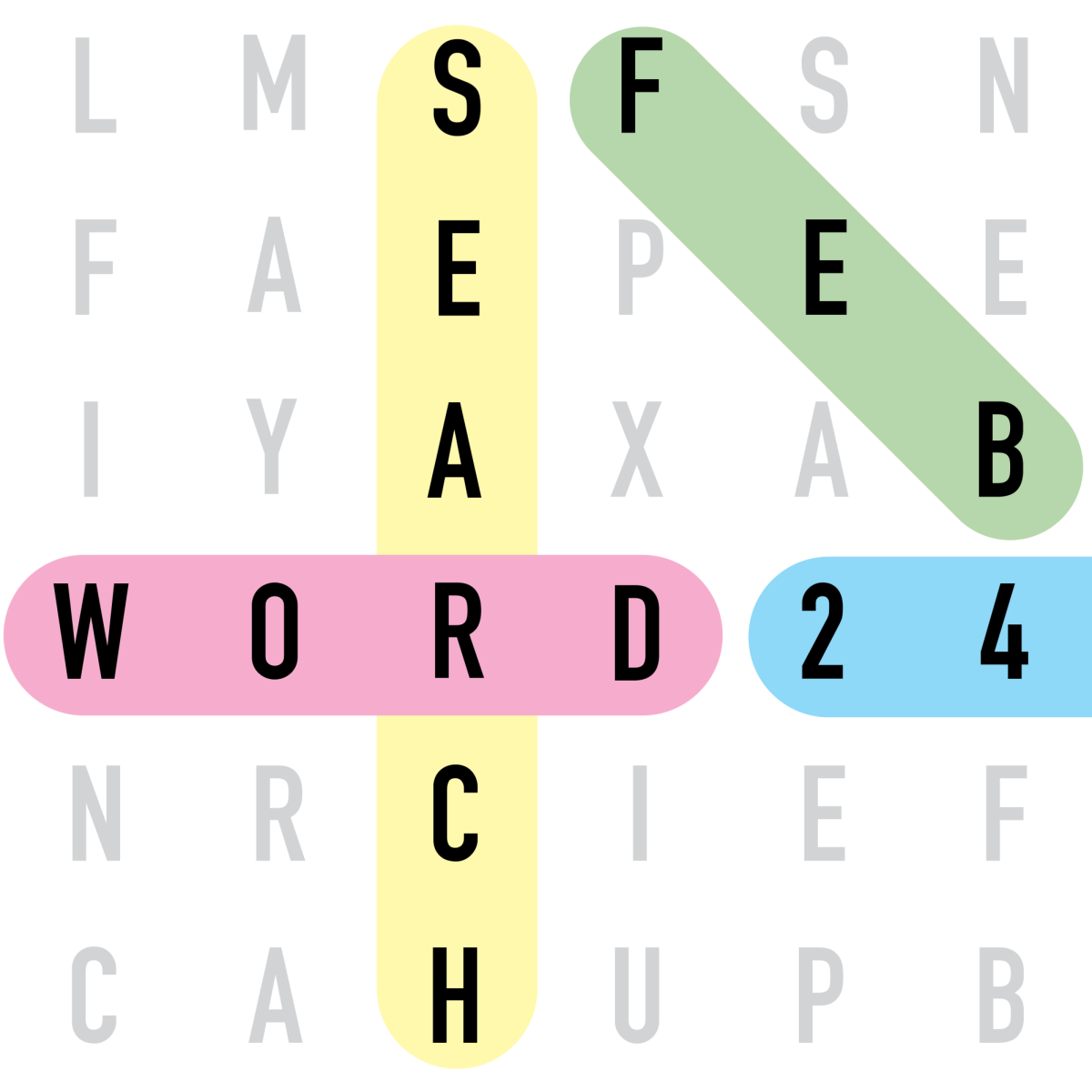
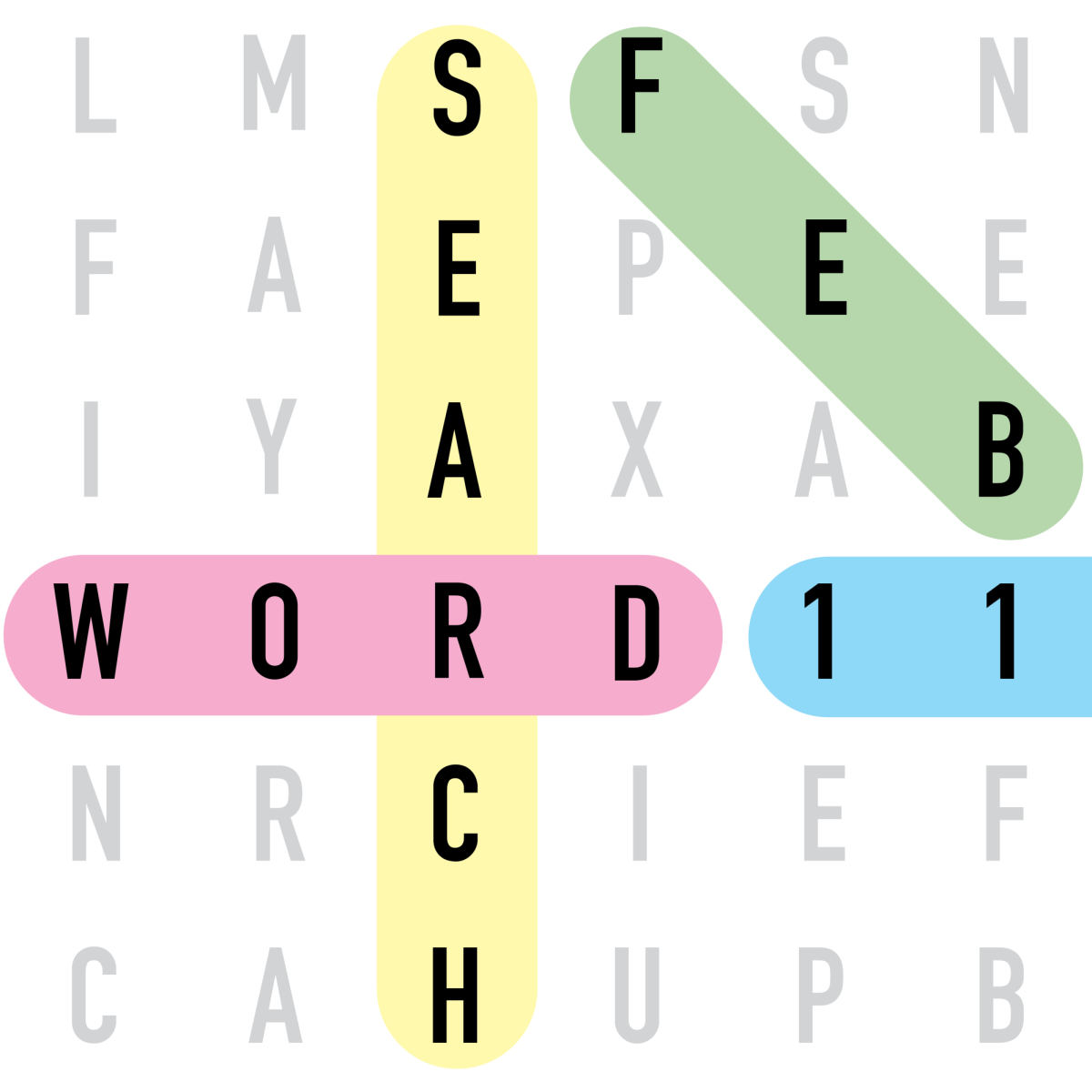

![Review: “The Immortal Soul Salvage Yard:” A criminally underrated poetry collection [MUSE]](https://hilite.org/wp-content/uploads/2025/03/71cju6TvqmL._AC_UF10001000_QL80_.jpg)
![Review: "Dog Man" is Unapologetically Chaotic [MUSE]](https://hilite.org/wp-content/uploads/2025/03/dogman-1200x700.jpg)
![Review: "Ne Zha 2": The WeChat family reunion I didn’t know I needed [MUSE]](https://hilite.org/wp-content/uploads/2025/03/unnamed-4.png)
![Review in Print: Maripaz Villar brings a delightfully unique style to the world of WEBTOON [MUSE]](https://hilite.org/wp-content/uploads/2023/12/maripazcover-1200x960.jpg)
![Review: “The Sword of Kaigen” is a masterpiece [MUSE]](https://hilite.org/wp-content/uploads/2023/11/Screenshot-2023-11-26-201051.png)
![Review: Gateron Oil Kings, great linear switches, okay price [MUSE]](https://hilite.org/wp-content/uploads/2023/11/Screenshot-2023-11-26-200553.png)
![Review: “A Haunting in Venice” is a significant improvement from other Agatha Christie adaptations [MUSE]](https://hilite.org/wp-content/uploads/2023/11/e7ee2938a6d422669771bce6d8088521.jpg)
![Review: A Thanksgiving story from elementary school, still just as interesting [MUSE]](https://hilite.org/wp-content/uploads/2023/11/Screenshot-2023-11-26-195514-987x1200.png)
![Review: "When I Fly Towards You", cute, uplifting youth drama [MUSE]](https://hilite.org/wp-content/uploads/2023/09/When-I-Fly-Towards-You-Chinese-drama.png)
![Postcards from Muse: Hawaii Travel Diary [MUSE]](https://hilite.org/wp-content/uploads/2023/09/My-project-1-1200x1200.jpg)
![Review: "Ladybug & Cat Noir: The Movie," departure from original show [MUSE]](https://hilite.org/wp-content/uploads/2023/09/Ladybug__Cat_Noir_-_The_Movie_poster.jpg)
![Review in Print: "Hidden Love" is the cute, uplifting drama everyone needs [MUSE]](https://hilite.org/wp-content/uploads/2023/09/hiddenlovecover-e1693597208225-1030x1200.png)
![Review in Print: "Heartstopper" is the heartwarming queer romance we all need [MUSE]](https://hilite.org/wp-content/uploads/2023/08/museheartstoppercover-1200x654.png)

